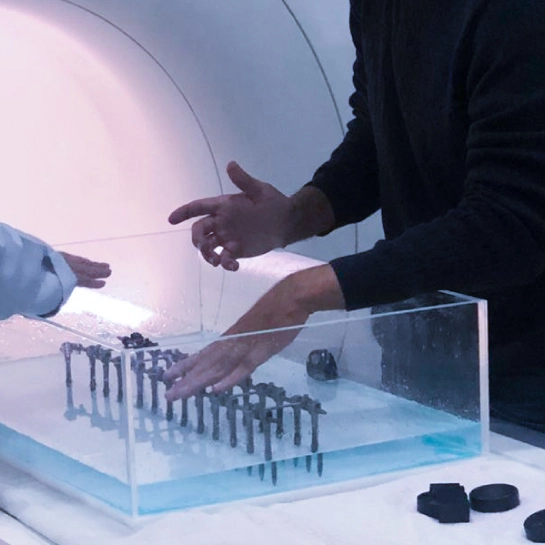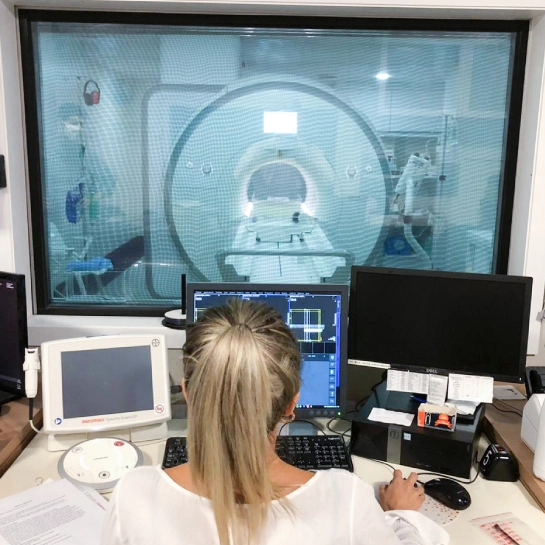The importance of identifying interactions in surgical implants
The identification of implant interactions when exposed to magnetic fields, such as imaging artifacts, magnetically induced torque and displacement force, and radiofrequency induced heating, are crucial aspects to ensure the safety and effectiveness of surgical implants, whether active or non-active, as established in ABNT ISO/TR 14283 and ABNT NBR ISO 14630.
To assist implant manufacturers, the technical standards ASTM F2119, ASTM F2182, ASTM F2052, and ASTM F2213 have been developed to provide information and requirements for testing to prove the safety and effectiveness of implants throughout the design development process.




